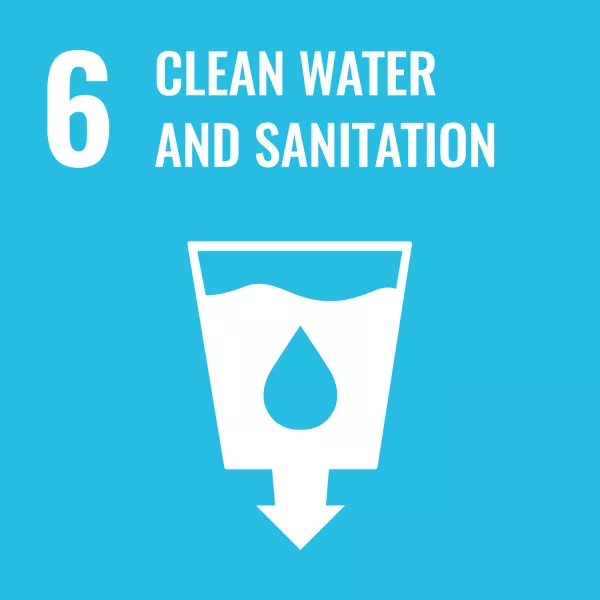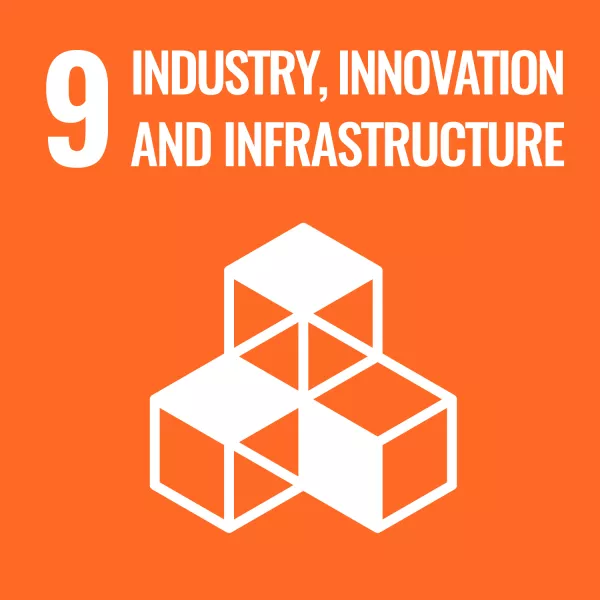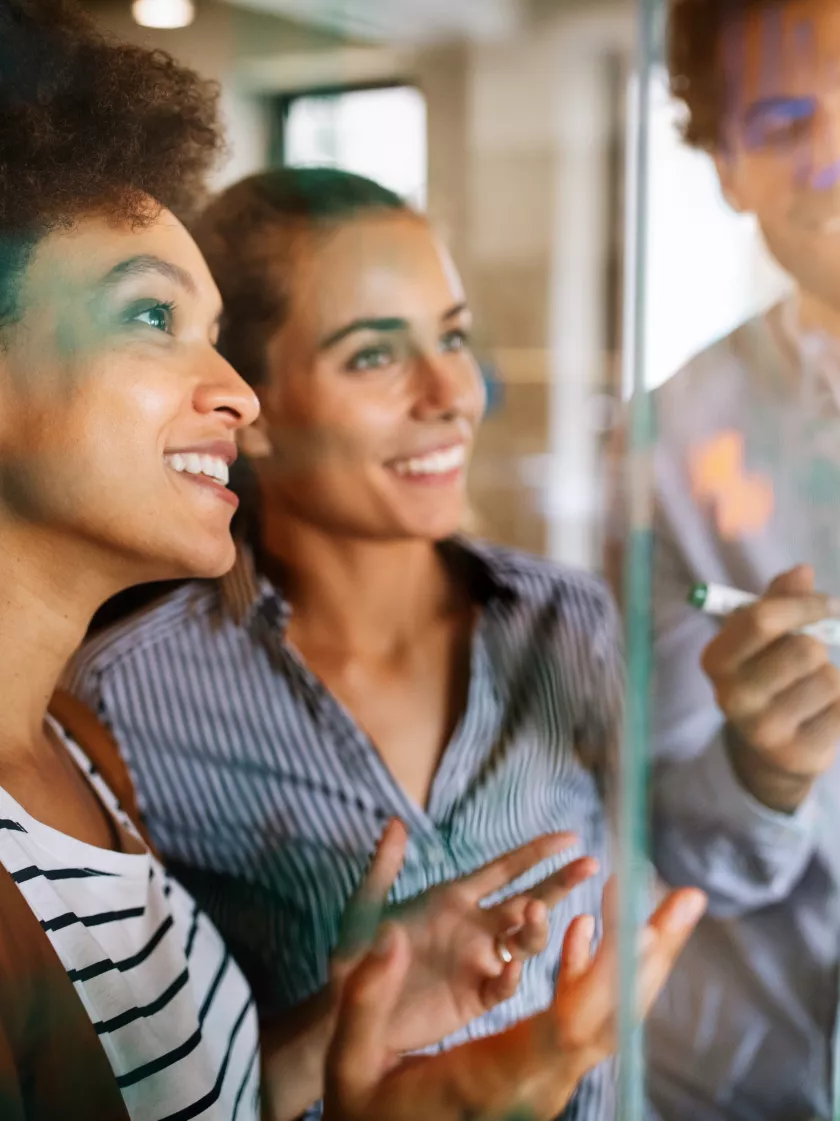


About the project
The project focus is to transform biomasses that today are considered waste and aremostly used as fuel in heat and power plants, into added-value products such as activated carbon. The project goal is to use organic by-products (primary waste) from the agro, forest, livestock, aquatic biomass (e.g., algae), and digestate from biogas industries (secondary waste) to produce biochar through pyrolysis and further made into activated carbon (primary product).
The activated carbon will be used as raw material for the production of:
(1) Water filter devices (secondary product-1) to remove contaminants such as
pharmaceuticals and heavy metals from different types of wastewaters (e.g., communal
sewage water, leachates from landfills, paper industry, mining industry, and
laboratory-made effluents with well-defined composition), and
(2) Supercapacitor electrodes (secondary product-2).
Additionally, the impact of the biochar and activated carbon produced on methane yield in anaerobic digestion will be investigated in a laboratory set-up.
(3). Used as an additive in the anaerobic digestion
The results from the project will contribute to the know-how for the replacement of fossil elements (such as graphite used in the construction of supercapacitor electrodes) with CO2-neutral biomass, and increase the use of renewable domestic resources instead of importing raw materials from other countries, which in turn, lead to several societal benefits and affects all the UN's global sustainability goals.
Apart from this, there is a huge potential for the valorization of unused organic wastes in Nordic regions. Production of local key-raw materials increases self-sufficiency. An improvement of the recycling methods used today can be achieved by enhancing the research capabilities of the target group, performing applied research, and networking with established companies that can use the results obtained during the project. The activities to utilize the results and know-how consist of sharing best practices, new business models for circularity, new processes for addressing northern challenges and uptake of new technologies, laboratory experiments, and dissemination of results.
Project goal
The objectives of the project is to:1. Produce biochar using the pyrolysis technology using primary & secondary biomasses identified in the project and further activate to make activated carbon.
2. Produce secondary biomass (anaerobic digestion digestate) for pyrolysis & investigate the impact of additives (the biochar & activated carbon) in anaerobic digestion.
3. Investigate the techno-ecomomic impact of integrating pyrolysis in biogas plants
4. Making energy storage devices using activated biochar- developing supercapacitor prototypes.
5. Removal of organic & inorganic pollutants from wastewater using batch adsorption for batch pollutants & continous adsorption for inorganic polluntants and further investigate the regeneration of the activated carbon.
UN's Sustainable Development Goals




Cynthia Söderbacka
Project Leader
